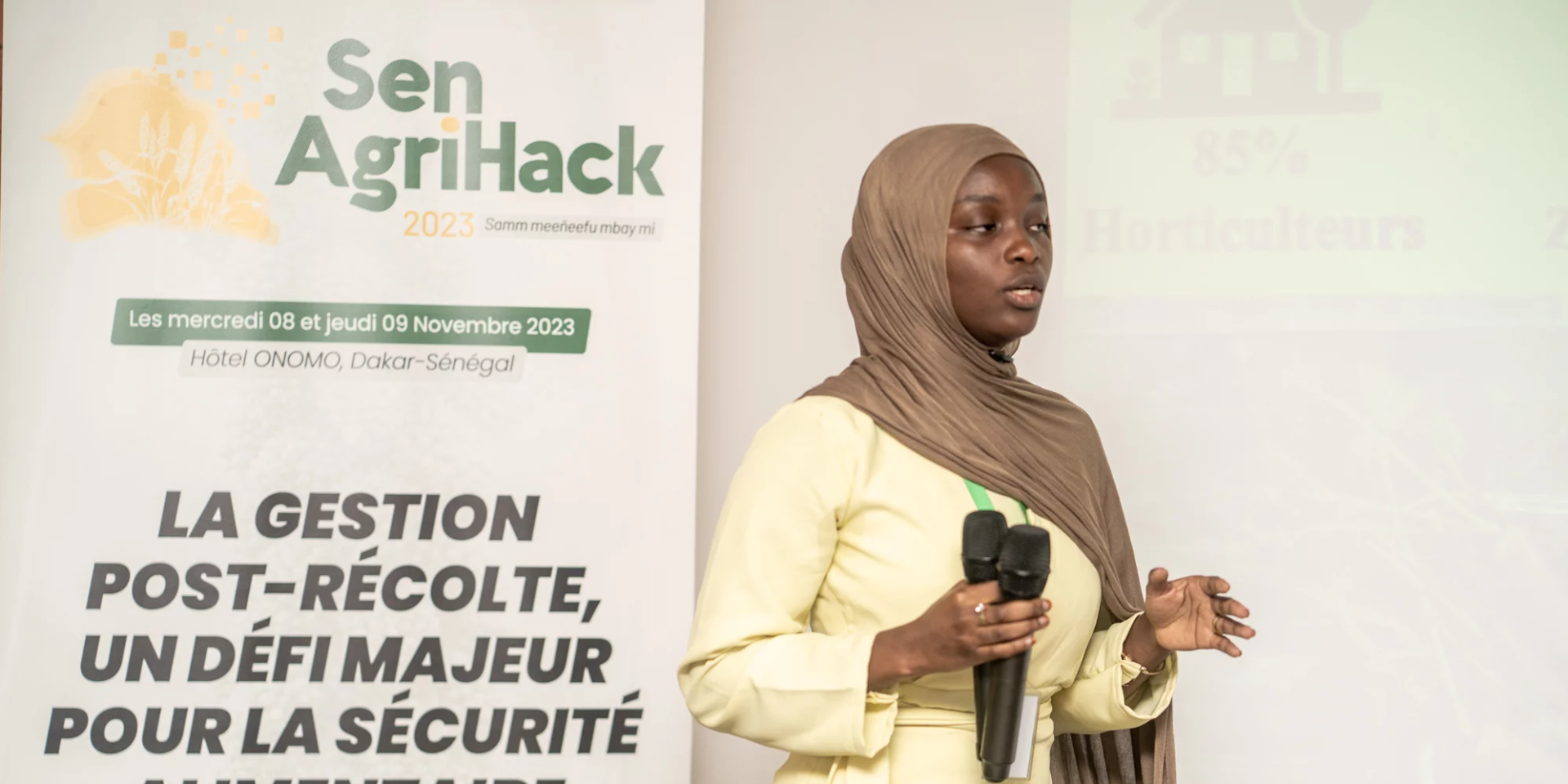Innovation challenge spark ideas to solve post-harvest losses in Senegal
- From
-
Published on
17.01.24
- Impact Area

Senegal faces post-harvest losses which affect somewhere between 12 to 40 percent of GDP, and often result in annual financial losses of around USD 167 million.
Post-harvest losses in cereals, protein crops, and horticulture have a direct impact on the country’s food and economic sovereignty, and occur at various stages of the agricultural value chain.
When it comes to horticulture for instance, on average, 30% of vegetable production is lost on the farm and therefore never reaches the stage of sale or consumption.
Eliminating these losses could increase the total value of vegetable supply by 45% (equivalent to USD 72 million) per year and reduce annual vegetable imports by 22%.
Post-harvest losses have been identified as a common challenge in Climate Smart Investment Plans (CSAIP) that have been co-developed in partnership with local stakeholders and decision makers.
The CSAIPs, through science-based evidence, identify concrete actions governments can take to boost climate-smart agriculture, both in the form of investment opportunities and policy design and implementation.
Related news
-

Bridging science, finance, and restoration: Insights from the sustainable beef investment roundtable
Multifunctional Landscapes Science Program17.11.25-
Climate adaptation & mitigation
Rome, 2–4 October 2025 — The Sustainable Beef Investment Roundtable brought together over 50 pa…
Read more -
-

COP30 Week 1: Negotiation Highlights and CGIAR Perspectives
Climate Action Science Program17.11.25-
Adaptation
-
Climate adaptation & mitigation
-
Mitigation
Week 1 of COP30 in Belém, Brazil – set against the backdrop of the Amazon…
Read more -
-

DTA at COP30: Why Digital Transformation Belongs at the Heart of Climate Action
Climate Action Science Program13.11.25-
Adaptation
-
Climate adaptation & mitigation
-
Mitigation
As the world gathers in Brazil for COP30, the conversations are once again focused on…
Read more -
